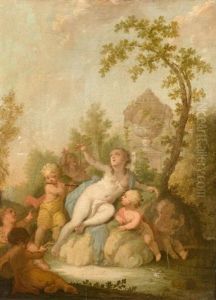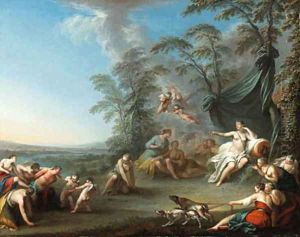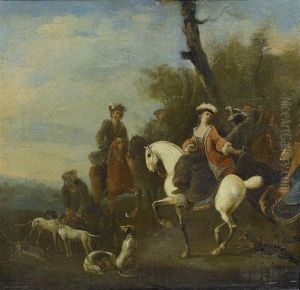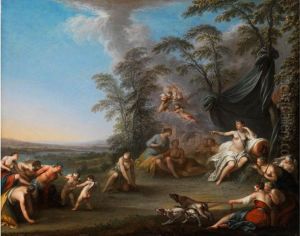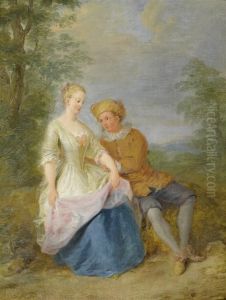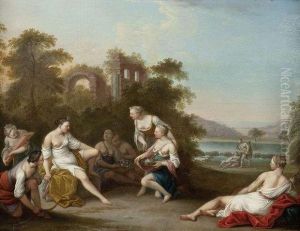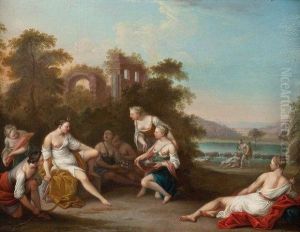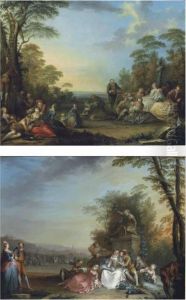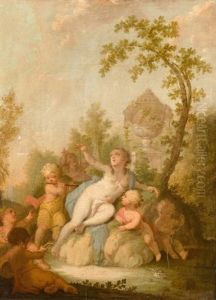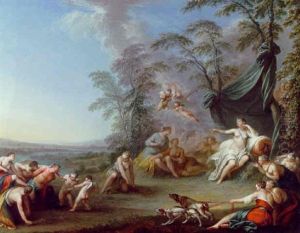Sebastien Leclerc (Leclerc Des Gobelins) Paintings
Sébastien Leclerc, also known as Sébastien Leclerc I to distinguish him from his son with the same name, was a prolific French artist, draftsman, and engraver born on September 26, 1637, in Metz, France. His work is often associated with Baroque art, and he is recognized for his technical skill and versatility. Leclerc initially trained under a painter in his hometown but later joined the army, where he utilized his artistic skills to draw fortifications.
Leclerc moved to Paris in 1665, where he studied under the painter Charles Le Brun. Under Le Brun’s guidance, Leclerc honed his craft, particularly in the field of engraving. His talents quickly gained recognition, and he was admitted to the Royal Academy of Painting and Sculpture in 1672, becoming one of its professors in 1675.
Throughout his career, Leclerc produced a vast number of engravings, illustrations for books, and technical drawings, demonstrating his meticulous attention to detail and his keen understanding of perspective and anatomy. He was particularly adept at capturing the grandeur of architectural spaces and the intricacies of machinery and scientific instruments. Among his notable works are the illustrations for Louis XIV's military engineer Sébastien Vauban’s treatises on fortifications, as well as the engravings for the 'Description des Arts et Métiers' (Description of the Arts and Trades) commissioned by the French Academy of Sciences.
Leclerc was also known as Leclerc des Gobelins due to his appointment as the designer (dessinateur) for the Gobelins Manufactory, a prestigious royal tapestry factory in Paris. In this role, he contributed to the production of tapestries and designs that were used to decorate royal residences and were considered emblematic of the opulence of Louis XIV’s reign.
Leclerc’s style was characterized by clarity, precision, and an elegance of line that made his work highly sought after. He was instrumental in elevating the status of engraving from a mere craft to a respected art form in France. His legacy continued through his children, several of whom became accomplished artists, including his son Sébastien Leclerc II, who was also an engraver and painter.
Sébastien Leclerc I died on October 25, 1714, in Paris, leaving behind a body of work that continues to be studied and admired for its technical excellence and artistic beauty. His contributions to the graphic arts, especially engraving, and his influence on the development of French art during the reign of Louis XIV, remain significant to the history of European art.
